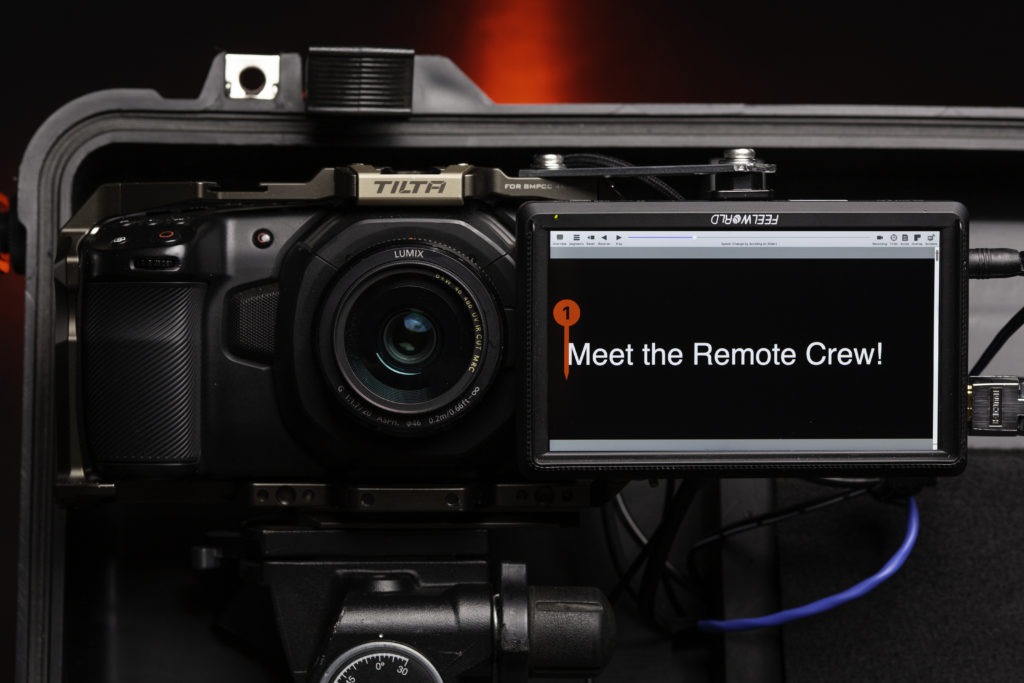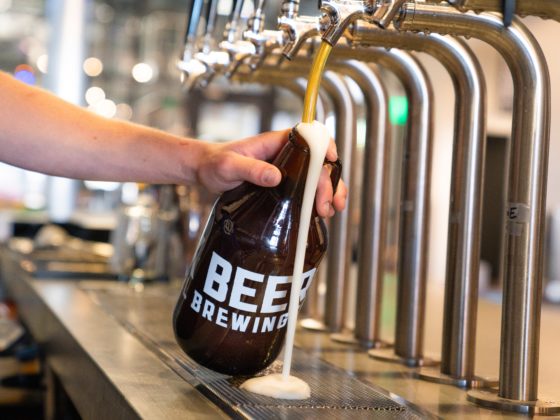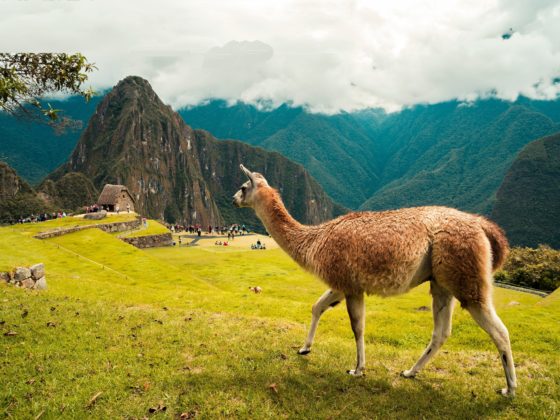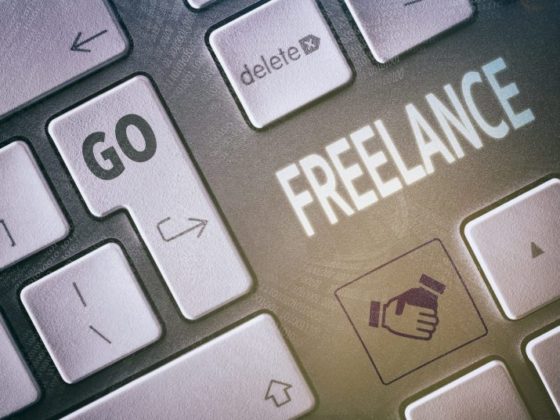We reached out to one of our crews, Yuki Uemura of Urban Samurai Creative, to answer some questions about remote video production. His company is leading the charge on the effort and we talked with him about the challenges, benefits, and user experience.
Alicia Sample East (ASE): What was the most surprising challenge you’ve faced as you’ve rolled this out?
Yuki Uemura (YU): The biggest challenge we faced was how to fit the best tech within the smallest package. As we developed the Remote Crew, we spent a lot of time swapping different pieces to find the best arrangement and weight. Creating quality video requires many different components, such as a proper camera, lights and audio, but one of our objectives was to keep the product realistic in size and convenience. We wound up going through multiple prototype versions before finding our final design. Compared to our early adaptations, our current model has shaved off a few pounds, now includes an audio mixer, and is condensed for shipment.
The tech itself was important to consider. As tech-savvy creators, we have a strong idea of the varieties of equipment to choose from, but again, we wanted to make sure to have a comprehensible interface for talent/corporate clients who don’t have the same knowledge as us. Ultimately, there will have to be some preparation on the client’s part because of the entire idea of a “remote crew,” so we aimed to make the setup of the product as simple as possible. With the Remote Crew, all the talent needs to do is plug in power, ethernet, attach their microphone, and adjust the camera to be ready for a shoot.
ASE: How did you overcome that and other challenges?
YU: Prototyping and testing. With the help of my employees, it took about 2 months to produce our current model. We sought feedback from our industry friends as well, and worked up to a sound and convenient design with a lot of experimentation. We also left plenty of room for further configuration as technology and projects adapt.
ASE: How do you establish a rapport with the clients and people in front of the camera when you can’t be in the same room?
YU: It is definitely a different experience going remote, but I think we’ve all gotten somewhat accustomed to the idea. One great feature that we’ve added is a monitor placed adjacent to the camera lens. With it, we communicate through Zoom the entire process from initial setup to recording to make our clients comfortable. Overall the experience is not too far off from a regular shoot, which I think they appreciate. We try to take as much of the work off the clients’ plate so all they need to focus on is delivering their best product on camera. We understand a lot has changed due to the pandemic, so we hope to reassure them with a sense of normalcy.
ASE: What place do you see remote production playing in a post-COVID-19 world?
YU: That’s difficult to say, because the Remote Crew was specifically built to solve the problems our customers are encountering now. At the beginning of the pandemic, we got many requests from clients to edit their webcam/camera phone videos, but the quality was all over the place. The clients want professional footage, but due to the social distancing restrictions, many video production options were simply not available.
As we’ve seen, however, in-office solutions are already being widely adopted, so we feel it’s important to keep up with our customer’s demands. We don’t know exactly when the pandemic will end, but clearly some form of the remote work trend will continue. We also see an increase in corporate panel discussions and live streaming, and feel this product definitely has future application in instances when sending an entire crew is unfeasible even in normal conditions. There’s sure to be plenty of applications for the Remote Crew in the future as we see that remote work trend settle in.
ASE: What are the benefits to remote production?
One and the biggest benefits is of course producing quality video content while maintaining maximum safety and convenience for our clients. A lot of clients are hesitant to continue forward with their projects because of current health risks, so it’s great to offer a service that is definitely needed. I think remote production will ultimately benefit both clients and producers who have seen our video industry brought to a standstill. The remote crew also has the added benefit of letting us work from home! We’ve seen several inquiries from reality and documentary TV shows producers who want to utilize our kit for quick interviews as main production has been stalled.
ASE: Where do you see opportunity for this technology to evolve and how are you preparing for that?
YU: It can always be more convenient! Right now we are working on a Remote Crew Mini—an even lighter package for clients who are looking for just simple interviews. We also feel that Remote Crew kits can be more adaptable to a client’s specific situation, so we keep up to date with any new recording equipment coming out so we can customize a more tailored service. We don’t know how long remote work will last, so I see it as a service to our clients to constantly be improving our product as long as it does.
Click here to connect with Yuki’s crew or book your next shoot.







